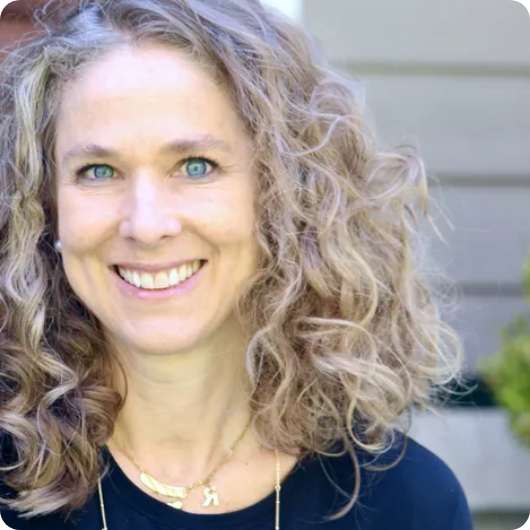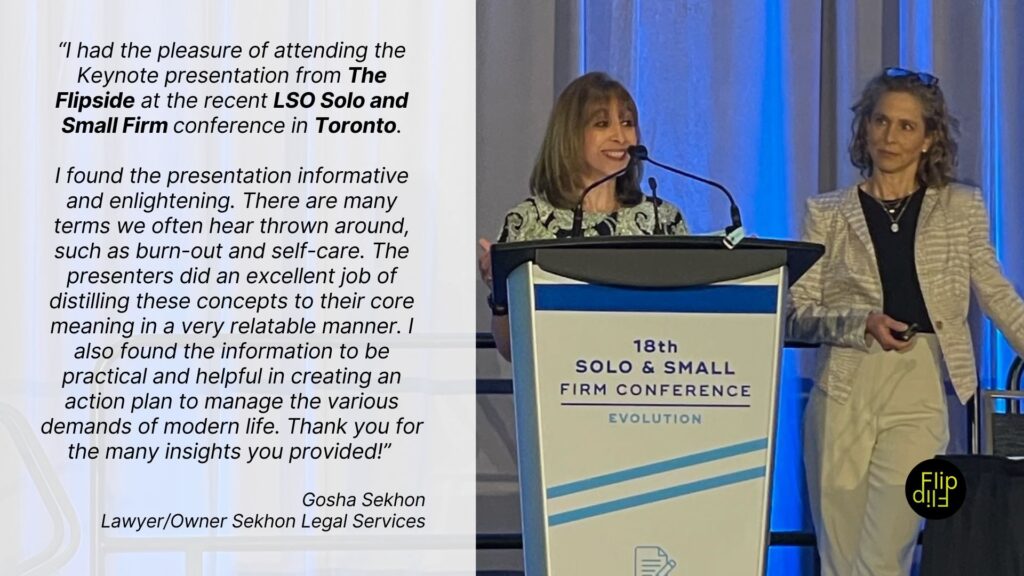Brain
What do your last 10 years of life look like?

My mother-in-law is turning 80 this week. She says these are ‘her first 80 years’ and is heading for the next 80. Physically active, mentally sharp, socially enthusiastic, spiritually strong, great sense of humour and engaged in her community, she has me thinking about what my own ‘marginal years’ might look like.
The marginal decade.
I’ve always thought about aging and growing older, but I never did the specific exercise of determining the age I expect to be in the last decade of my life. Is it 85 to 95? Or 75 to 85? Ninety to 100? I used to think this wasn’t under my control, so I left it to life to decide. Is it fear, denial, or both that prevent us from envisioning what that decade might be like physically, cognitively, and emotionally? Using Peter Attia’s terminology, these last ten years of anyone’s life are “the marginal years.”
Dr. Attia is a Canadian American physician whose work focuses on longevity and “health span”. He works on strategies to live longer and healthier while emphasizing on preparing for our “marginal decade”. His research shows that having a clear vision of this stage of life allows us to work backward, understanding the practices, habits, and metrics we need to focus on today to reach our desired health and lifestyle goals. This got me thinking—really thinking—about my marginal decade.
So this Summer I have been taking time to write a detailed layout of what I would like to look, feel, and perform like during these years. My mobility, my sight and hearing, my ability to read and write, have a hobby, stay independent, keep up with basic technology, function, travel, take care of my grandchildren, play, and socialize—so many questions came to mind.
The blueprint.
But isn’t it normal to set goals and work toward them? When facing a big challenge, like training for a marathon or writing a book, the first step is to set the end date, right? If it’s the Toronto or NYC marathon, you know you need to be ready by the Fall, and you follow a program that helps you plan how to build up the mileage. The process is: determine the goal, analyze where you are today, and set steps and actions that will move you toward your target. But the process of preparing for your marginal decade is different because it’s a long-term goal (in my case, 35 years!) where not all information is available, and uncertainty plays a big role.
Health, in particular, is the result of cumulative actions and choices we make daily throughout a lifetime. How do we break down this process with measurable metrics? Dr. Attia suggests that you can’t create a plan for your final decade unless you first know what you want to be doing during that time. We can do this ourselves: explicitly define what we want our marginal decade to look like, then “reverse engineer” it to figure out what we should be doing, given our current health status and lifestyle. The good news is: “You can do more on your own than what you think.”
Backcasting.
The process of building your program involves a method called “backcasting,” the reverse of forecasting. Forecasting is used for short-term goals: taking the data we have and projecting likely scenarios for the near future. Backcasting, a concept borrowed from Annie Duke’s Thinking in Bets: Making Smarter Decisions When You Don’t Have All the Facts, invites us to place ourselves in the future (the last 10 years in this case) and script back what decisions we must have made (or didn’t make) in the past that allowed us to reach that point. As you go through the exercise of envisioning what you want the last 10 years of your life to look like, certain things start to stand out.
One of the things that popped out for me, for instance, was running. I am slow runner, but I love to run. I am constantly looking for goals to maintain my training. But I hadn’t deeply thought about what running in my 60s would look like. In my backcasting process, it became very clear that I need to increase strength training and muscle mass maintenance strategies to keep running through my 70s, even if that is 5k twice a week. As Dr. Attia would say, “If you have the aspiration of kicking a#$ when you’re 85, you can’t afford to be average when you’re 50.”
Uncertainty and luck.
But how can we backcast or plan from the future back, when life is uncertain. This brings us back to Annie Duke and her knowledge of decision-making and poker. Although I’m not a seasoned poker player (but love the game), I’ve been captivated by her strategy for managing uncertainty, or as she calls it, “luck” (good or bad).
When backcasting your script toward your marginal years, consider and embrace uncertainty: “I don’t know if I will live this long,” “I’m not sure if this or that will happen”. That’s okay. From Duke’s expertise, uncertainty allows you to know your skills, expand your knowledge of what you don’t know, and be curious about different approaches in your game. You might want to invite others to be your collaborators. You only have the strategies you can think of and the beliefs you hold. Seek more information and be open to others sharing what they know in the process of drafting your marginal years.
Your marginal decade.
The purpose of this article is to encourage you to think about what you can do today, even with all the uncertainty the future holds, regarding your last decade of life. But also, to provide resources to do so. Below are links to Dr. Peter Attia’s website and Annie Duke’s. One is a doctor specializing in healthspan and longevity. The other is a strategist, an uncertainty manager and a poker champion.
Take some time to visualize your marginal years and write it down in whatever form you prefer—whether as a journal entry, morning pages, or a list of things you expect your body, brain, and emotions to be like in those last 10 years of your life.
Yes, things happen, and you may never live to see them, but what if you do?
Share your thoughts and stay well,
Rosana





